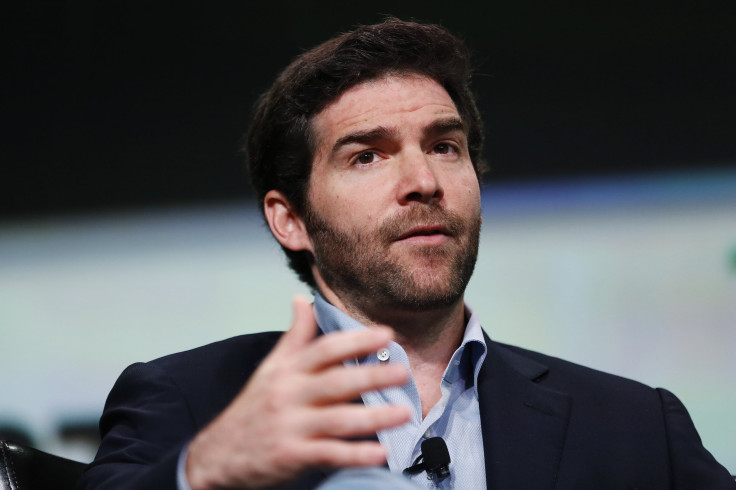LinkedIn Trending Topics Steers Clear Of Facebook-Like Bubble With 'Largest Group' Of News Sources

Twitter and Facebook have long told their users what’s “trending.” Now, with the launch of its new feed Wednesday, LinkedIn has followed suit. But while the two mainstream social media giants have gotten a lot of flak for insulating users in news “bubbles,” the professional networking site promised explicitly to do just the opposite.
LinkedIn is rolling out a trending topics section https://t.co/sO50qoQNvE pic.twitter.com/ey1GWxYsr9
— Recode (@Recode) March 22, 2017
The Sunnyvale, California-based company, which Microsoft Corp. bought for $26 billion last year, rolled out Trending Storylines, personalized news feeds centered around topics of interest to its 467 million members. The “storylines” were meant to help users keep up with the headlines pertaining to the industries in which they work.
LinkedIn will use a “combination of algorithms and our editorial team” to select the stories appearing in users’ feeds, and pledged to bring members “diverse perspectives from the largest group of professionals, publishers and editorial voices ever assembled,” according to a Tuesday press release.
The feature, however, becomes increasingly personalized as users begin to follow subjects and people, which the algorithm and LinkedIn staff planned to use to make sure each member’s feed “will increasingly reflect your professional interests,” dividing users according to career preferences, and not so much by political ones.
Although the problem may be less acute in the professional world, Twitter and Facebook came under fire following the 2016 presidential election for isolating users ideologically.
New York Times Columnist Farhad Manjoo labeled Twitter, which launched an algorithmic timeline ordering what users see based on what “you’re most likely to care about” in February 2016, both “polarizing” and the divisive election cycle’s "beating heartbeat” in a November op-ed.
The Wall Street Journal recently compiled a graphic, called “Blue Feed, Red Feed,” which paired hypothetical far-left and far-right Facebook feeds to reveal the social network’s propensity to shelter its users within so-called partisan "bubbles." As George Washington University media studies assistant professor Nikki Usher Layser told New York Magazine on the day after the election, Facebook users’ “mass self-communication” and “autonomous decision-making” over what they see—and don't—helped them to avoid confrontation with any and all conflicting view, simply by shutting dissenters off and turning like-minded voices on.
© Copyright IBTimes 2024. All rights reserved.












